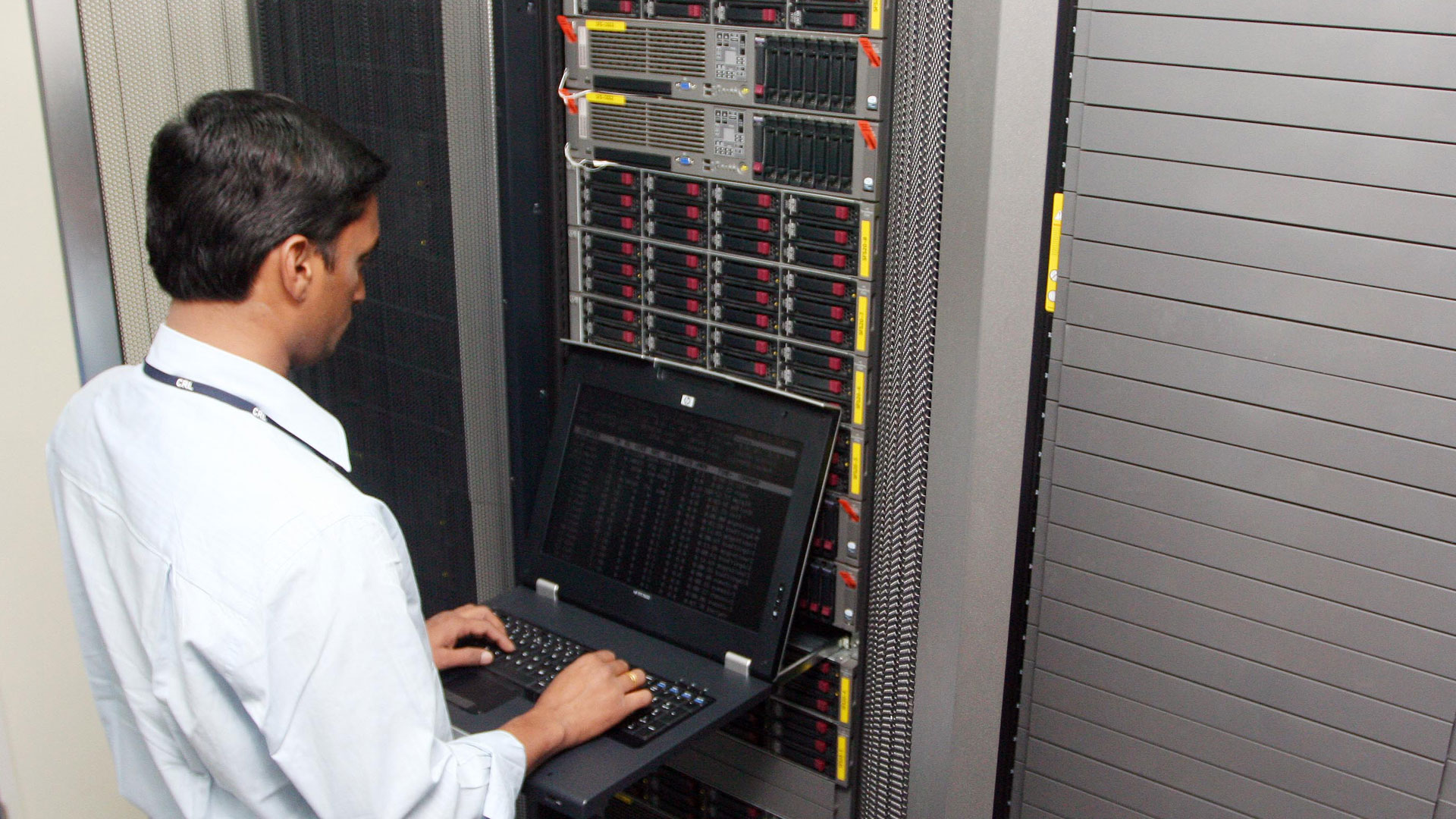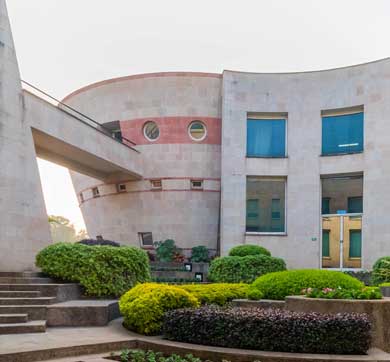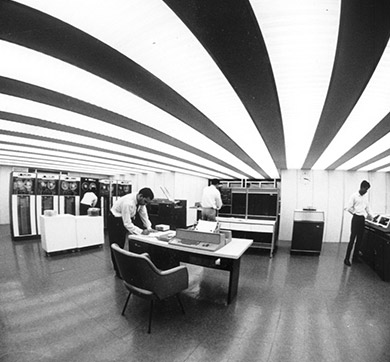Dec 2021 | Harish Bhat | 1643 words | 6-minute read
This is the story of Eka, the first Indian machine to feature among the ten fastest supercomputers in the world. Eka, a Tata product.
Way back in 1997, Deep Blue, a supercomputer created by IBM, defeated the world chess champion Garry Kasparov. It could evaluate an amazing 200 million positions on the chessboard in a single second. A few years later, Watson, again created by IBM, began winning tough game shows against humans.
These supercomputers captivated the imagination of mankind. They were incredibly fast and could solve complex problems with astonishing ease. They could help scientists in important areas such as weather forecasting, aerodynamic research, nuclear test simulation, car design and the development of life-saving drugs.
Hence, advanced countries such as the US, Europe, China, and Japan all began investing in supercomputers. Unfortunately, until 2007, India did not have a powerful supercomputer on this list. For a country that wished to take its rightful place among the top economies of the world, this was an unpardonable omission.
The beginning
S Ramadorai, a Tata veteran who has been managing director and vice-chairman of Tata Consultancy Services, the country’s flagship IT services firm, was acutely aware of this gap. Discussing this subject, he once told me, “The Tatas have had a history in this field. Way back in the 1980s we had an association with Elxsi, who were working on large mainframe computers. We build some large machines, and TCS bought one of them. We used it primarily for research and development.” Other Indian organisations such as the Bhabha Atomic Research Centre (BARC) continued to actively pursue this area. However, PARAM, India’s first supercomputer, created in 1991, never made it to the top echelons of this field.
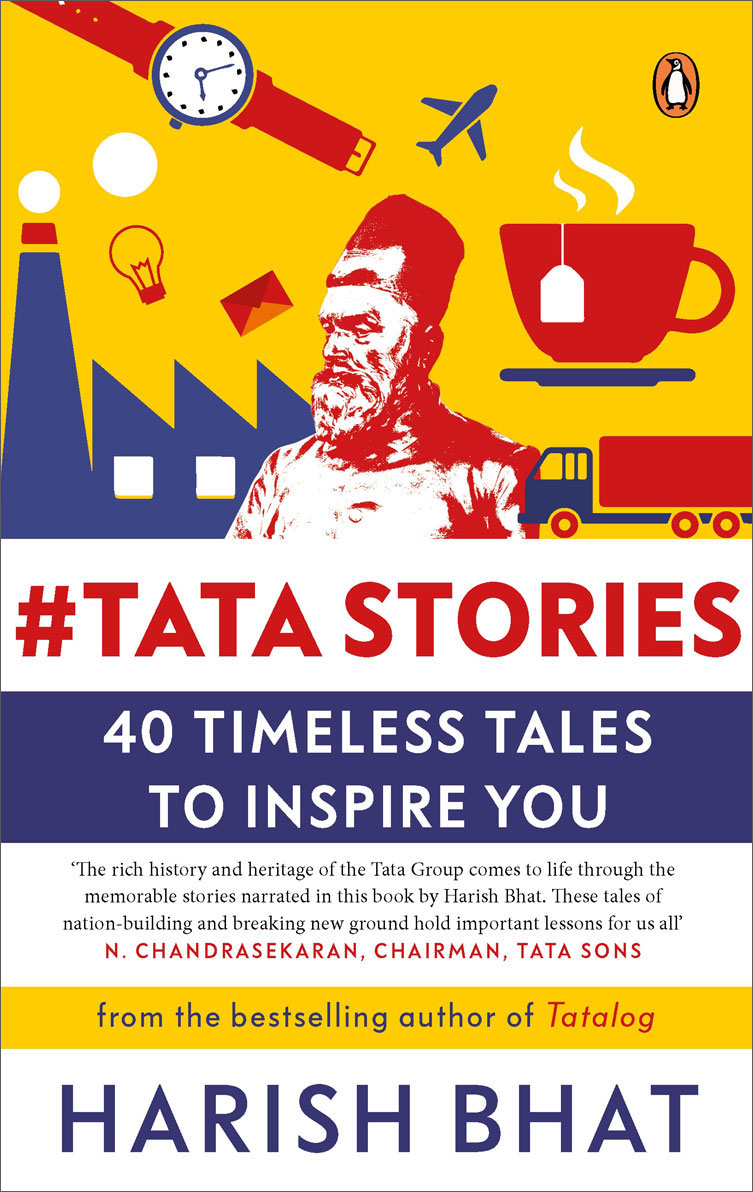
Around 2000, TCS began recruiting scientists who were passionate about supercomputing and VLSI design. One such scientist was Dr Sunil Sherlekar, a prominent research scholar with a doctoral degree from IIT Bombay. Sherlekar was in contact with his classmate, Dr Narendra Karmarkar, the noted and highly cited Indian mathematician. Soon, their conversation turned to the area of supercomputing.
One day, Sherlekar made his way to Ramadorai’s corner office.
“We would like to build a supercomputer,” he told Ramadorai. “Will the Tatas support this?”
This was not merely an ambitious request; it was audacious in its intent, requiring significant technical and financial commitment. Yet, Ramadorai immediately saw the great impact such a project could have for the country and the tata group He wrote out a note to Ratan Tata suggesting that this was an opportunity worth looking into.
“We would like to build a supercomputer,” Dr Sherlekar told Ramadorai. “Will the Tatas support this?”
Sherlekar recalls five meetings with Ratan Tata where the supercomputer proposal was discussed. Ratan Tata was excited but also insisted that a detailed business plan be chalked out to establish the economic rationale. Three different revenue streams were mapped out to generate the returns necessary to support such a large investment. This plan then became the blueprint of the project that envisaged the launch of a Tata supercomputer by November 2007. The machine, when ready, was to be the fastest in the world.
The board of Tata Sons, the holding company of the Tata group, approved this plan in March 2006. It was a bold decision because for the country it was like going ‘where no man had gone before.’ A new company, Computational Research Laboratories (CRL), was established in Pune to implement the project. Intermediate milestones were defined, and a team of brilliant research engineers began their work. There was excitement all around.
Challenges
A prototype was first created, which was much smaller than the final version of the machine but was an essential step in the journey. Then, in July 2007, there was an unexpected development that had the potential to derail the project. Karmarkar, one of the founder members, decided to quit the project because he had developed differences with the Tata group on how the venture should progress.
A departure such as this could have paralyzed the project, but the Tatas decided to persist. Ramadorai spoke to Sherlekar, who confirmed his and his team’s confidence in taking the project forward. He saw no reason to give up the opportunity to create the country’s first supercomputer that would feature among the world’s fastest- a distinction that would leave on in history forever, Sherlekar recalls an accidental meeting with Ratan Tata on the sidelines of a Tata group conference during those anxious days.
“I was trying my best to avoid Ratan Tata, perhaps because my friend Karmarkar had left the project recently. Suddenly, I felt a tug at my elbow, and I turned around. It was Ratan Tata. He said: ‘You know, I am sorry we could not reach an agreement with Karmarkar. But you have a good team. I know you can take it forward.’ This was a wonderful gesture, and it touched me.”
The name
The team took the project forward with determination. Ramadorai recalls: “Finally, I decided that we had to proceed. We had to show the world that we had come of age in high-performance computing.”
“Finally, I decided that we had to proceed. We had to show the world that we had come of age in high-performance computing.”
Under Ramadorai’s leadership, the machine was named ‘Eka,’ which means ‘one’ in Sanskrit. The choice of a Sanskrit world illustrates the national pride inherent in this project. ‘Eka” is all about the pioneering desire to be first, and symbolic of the many firsts that this supercomputer would eventually achieve,
The objective of the project was altered from a 1-petaflop machine to a 100-teraflop supercomputer with a lower investment, but it was to be ready by the original target date of 2007. It might not be the fastest in the world, but it would have an excellent chance of making it to the top ten, a big breakthrough for the country. To meet the year’s deadline, the supercomputer had to be created latest by 31 October 2007.
Sherlekar and his team worked diligently round the clock. With less than seven weeks left to meet the October deadline, several technical challenges had to be mastered including the challenges of cabling, cooling, and interconnect technology. Each of these was addressed and its innovative solution was found for instance to ensure the required cooling, the Eka dream developed a circular architecture for the machine.
Around 20 October, Eka was finally ready. But suddenly, a major problem reared its head. To be ranked among the top supercomputers, crossing a speed of 100 teraflops was essential. However, Eka was clocking only 97 teraflops in the pre-final tests again and again.
A crate of beer... and victory!
The Eka team remembered, from their experience, that there were some Russian scientists who could help with such a problem. The team found them somewhere in Mexico working with Intel. One of the young Eka engineers knew that Russian scientists generally loved Charminar cigarettes and Kingfisher beer. So he said to them, “Help me solve this problem and I will send you an entire crate of Kingfisher beer!”
This generous offer of Indian beer appears to have helped immediately. The Russian scientists, after obtaining permission from their employer, helped the Eka team address the last pending problem. The matter was resolved just hours before the 31 October deadline. At 8.30 pm that evening, Eka went past the century mark and clocked 118 teraflops! In the end, there was a loud round of applause which appeared never-ending. And then there was a deep, respectful silence.
At 8.30 pm that evening, Eka went past the century mark and clocked 118 teraflops! In the end, there was a loud round of applause which appeared never-ending. And then there was a deep, respectful silence.
Eka immediately submitted its data to the committee that decides on global supercomputer rankings. The team then had to wait until the rankings were announced These were nail-biting moments. Would they achieve Ramadorai’s target of being in the top ten in the world?
And then, on 6 November 2007, when the rankings were announced, Eka was the fourth! The team had created the fourth fastest supercomputer in the world, beating machines from every other continent in their very first attempt.
Sherlekar was sleeping at his mother’s house in Pune when he received a call well past midnight informing him of the news. He sent Ramadorai a text message on his mobile. He received an immediate response: “Congratulations! India must announce this to the world.”
Soon, the world woke up to this news. The Economic Times said, “The supercomputer named Eka, the first supercomputer to have been developed totally by a corporation without any government help, now shares the rarefied heights of supercomputing with two American and one German supercomputer.”
News of Eka’s performance reached the corners of the supercomputing industry. There was a collective global shock and surprise in finding out that India could achieve this coveted position, normally the domain of the richest countries in the world.
To the moon
Eka was also put to good use very soon. The supercomputer was used in the launch of India’s moon vehicle, Chandrayaan, by the Indian Space Research Organisation (ISRO). One of the most challenging aspects here is predicting the weather at the time of the launch, and Eka did this perfectly. The then chairman of ISRO publicly expressed appreciation for the brilliant work done by Eka during this very successful launch.
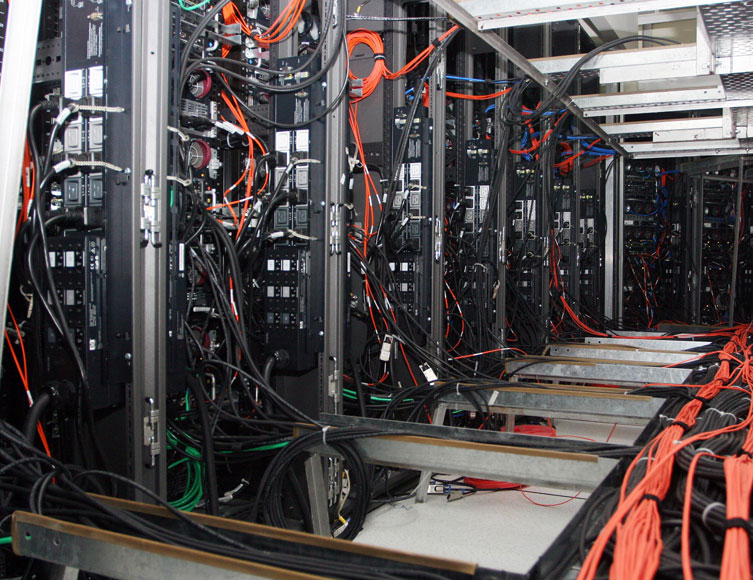
Eka was also used in many other applications over the next few years – to develop new nanofluids, to improve the aerodynamics of cars, and, interestingly, to create India’s first fully animated 3D feature film. However, for private enterprises, generating adequate commercial business on a continuing basis to make further investments behind such a supercomputer became a challenge.
No wonder that in the years thereafter, particularly given the large investments and the nature of applications involved supercomputer development in our country has been taken forward primarily by the government of India.
Supercomputers that were much faster than Eka soon took birth. In 2020, the supercomputers Pratyush and Mihir, both developed by India’s Ministry of Earth Sciences, rank among the top 100 in the world.
But way back in 2007, Eka put India firmly on the world supercomputing map. It was indeed ‘one of its kind,’ and heralded a new era for India.
Harish Bhat is brand custodian, Tata Sons. He is the author of several books including #TataStories: 40 Timeless Tales to Inspire You, published by Penguin Random House. This is an excerpt from the book.




